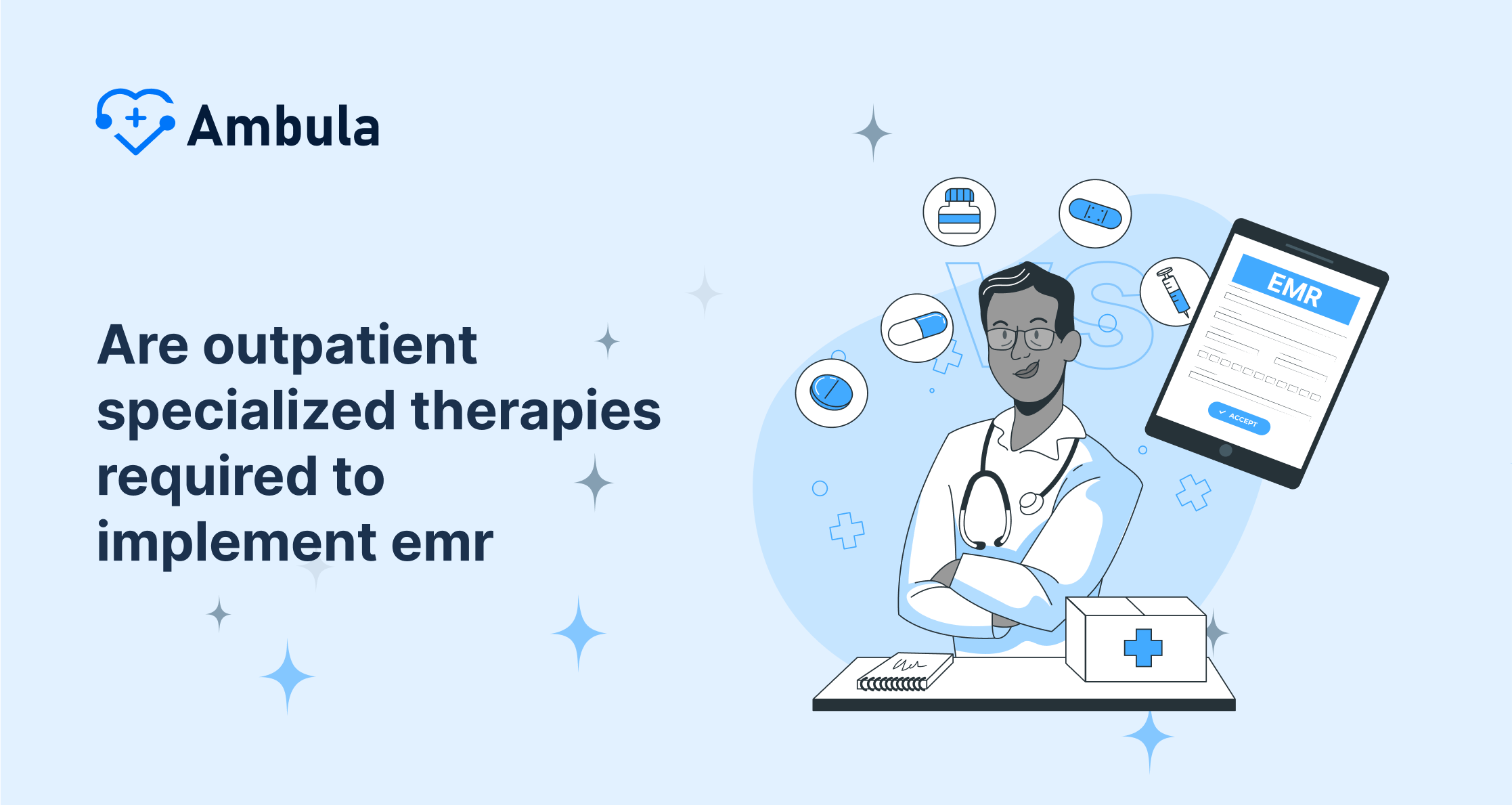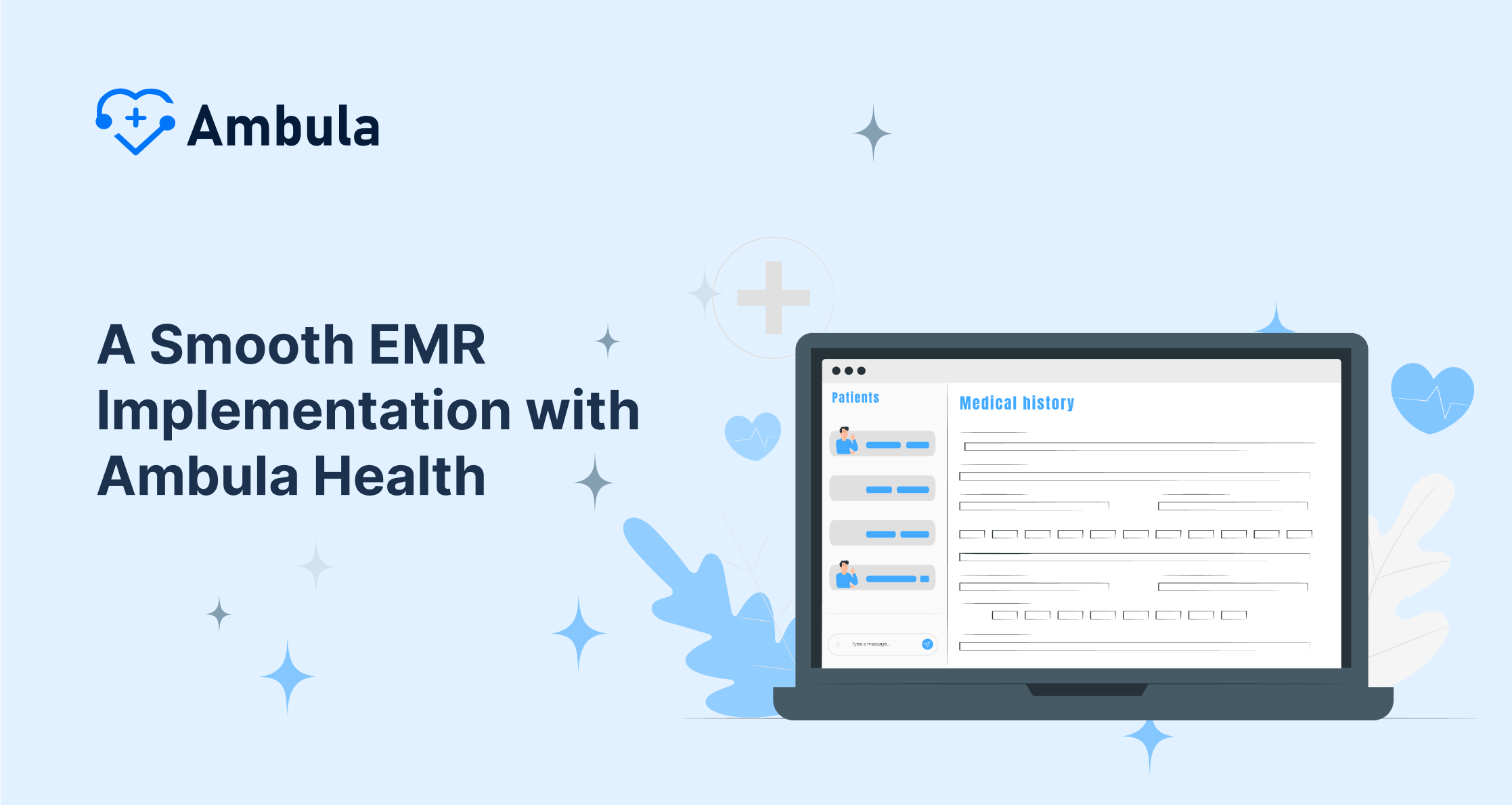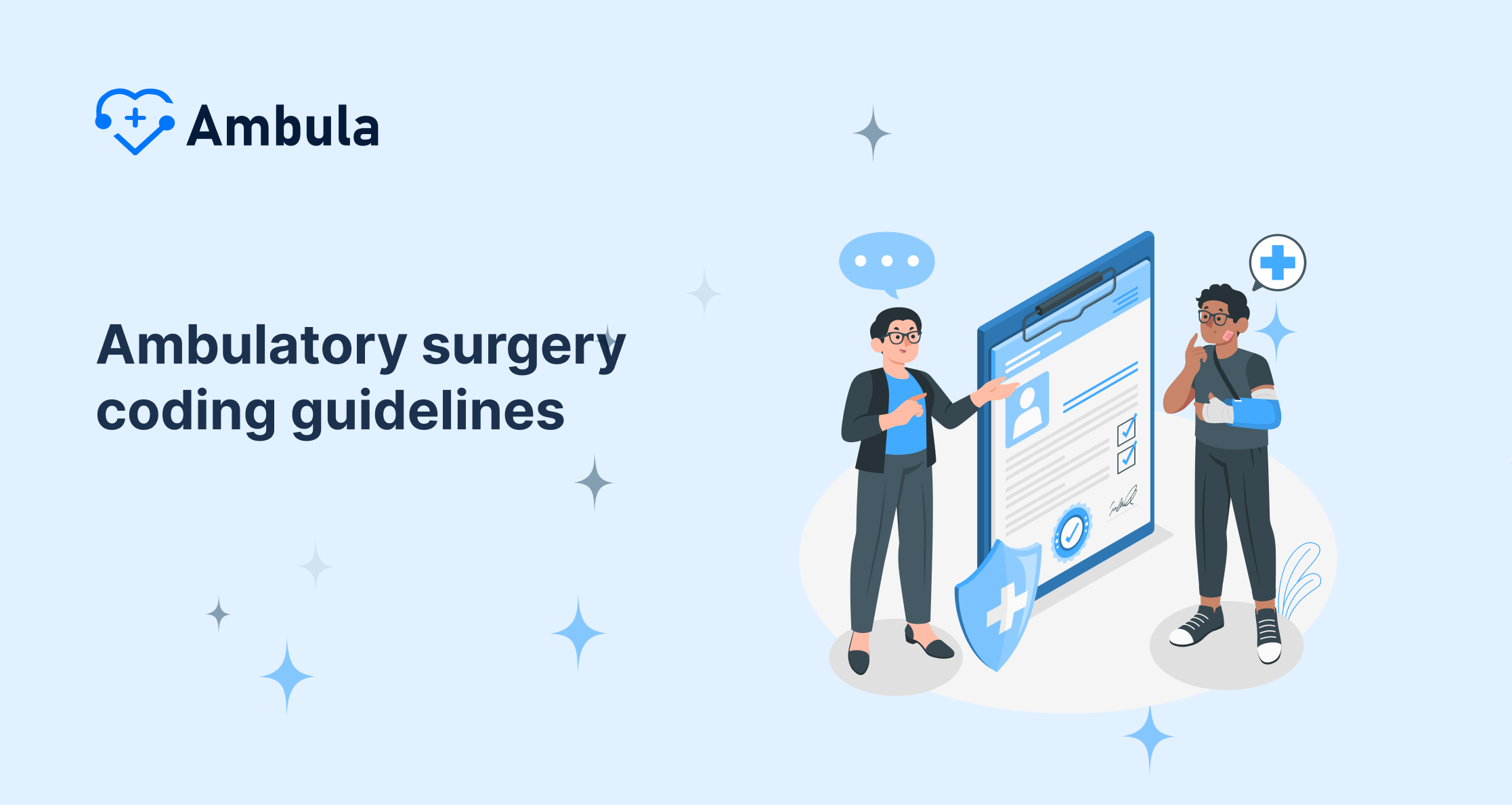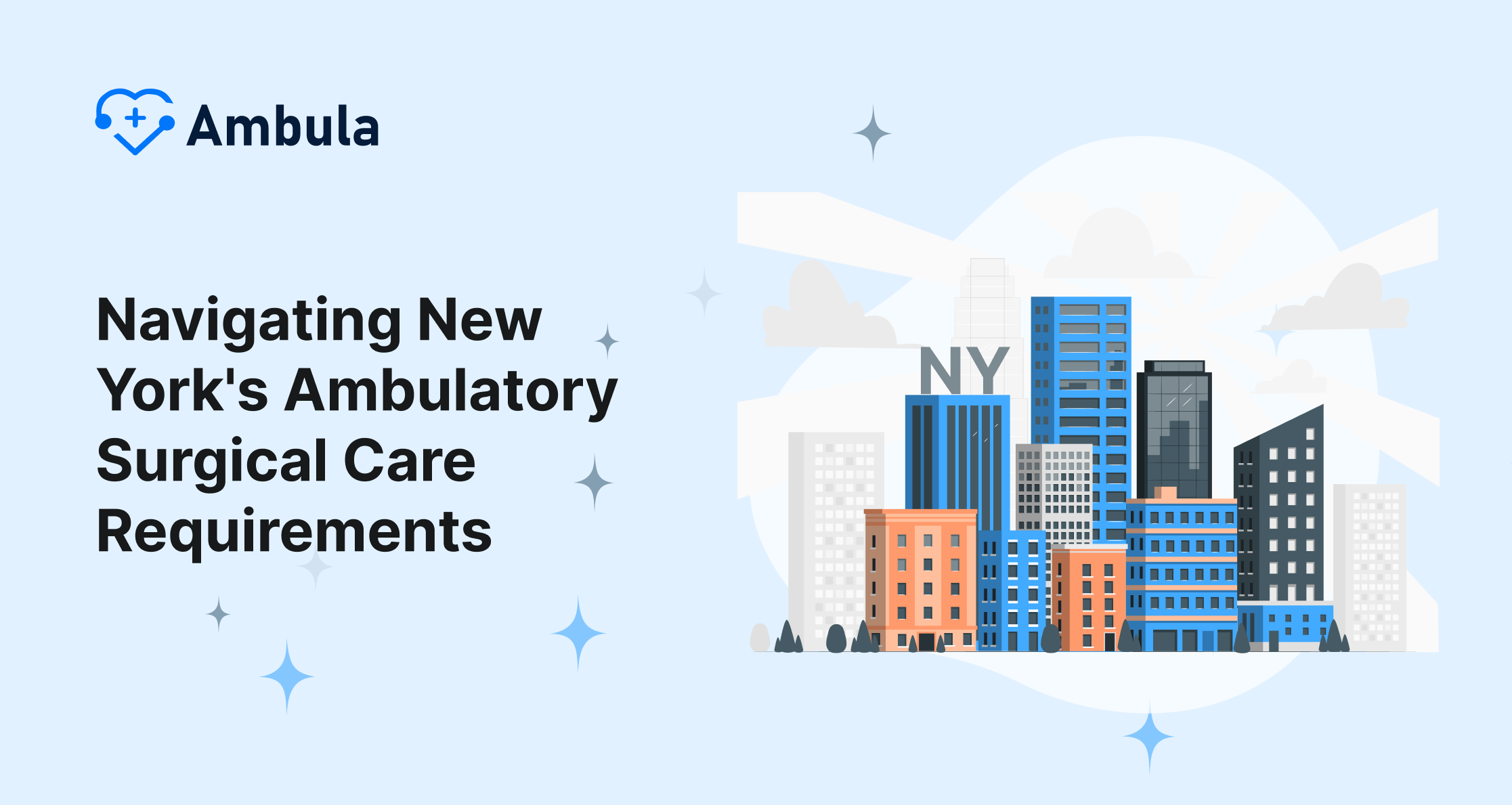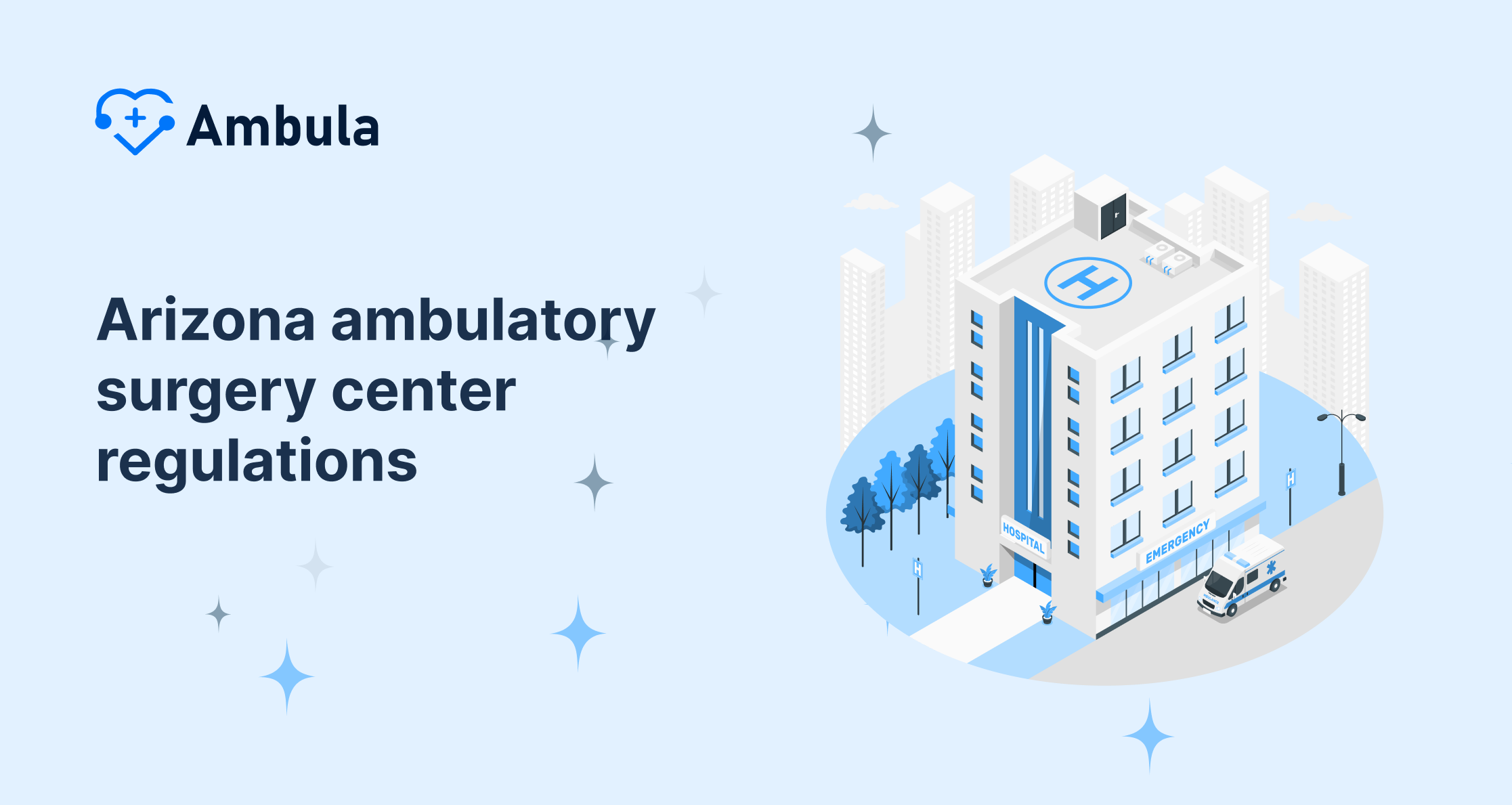In the ever-evolving landscape of outpatient care, the adoption of Electronic Medical Records (EMR) has become a transformative force. As a healthcare professional with years of experience, I’ve witnessed firsthand the significant improvements EMRs bring to patient care, clinic efficiency, and overall quality of service. In this article, we’ll delve into the specific benefits of EMR implementation, exploring how they empower us to deliver a more streamlined, data-driven, and ultimately, more positive healthcare experience for our patients.
No, outpatient specialized therapies are not required to implement EMR (Electronic Medical Records). EMR systems are designed to be adaptable across various outpatient settings, including general practices, pediatrics, and even specialized therapies.
Are outpatient specialized therapies required to implement emr
Here’s why specialized therapies aren’t a prerequisite for EMR:
- Core functionalities: EMRs offer core functionalities like patient record management, appointment scheduling, and billing, which are relevant across all outpatient settings.
- Customization options: Many EMR systems offer customization options allowing therapists to tailor features to their specific needs. For example, a physical therapist might add functionality for tracking range of motion or pain scales.
- Focus on data: EMRs primarily focus on capturing and storing patient data, which is relevant regardless of the therapy specialization.
While specialized therapies might benefit from additional features, the core functionalities of an EMR system are valuable for all outpatient clinics.
What are best EMR for outpatient clinics
Here are some popular EMR options for outpatient clinics, but always conduct your own research:
- Ambula Health: Known for strong reporting and ease of use, might be a good fit for mid-sized practices.
- eClinicalWorks: Popular for telehealth capabilities, could be suitable for practices offering virtual consultations.
- Kareo: Caters well to small practices due to its affordability and user-friendly interface.
- NextGen: Offers population health management tools, ideal for clinics focusing on preventative care.
- Allscripts: A comprehensive solution for large organizations, might be suitable for multi-specialty practices.
Consider these factors when you are choosing EMR for your clinic
- Clinic size and specialty: Needs of a small pediatric clinic differ from a large multi-specialty practice.
- Budget: EMR systems can range in cost, so consider your financial constraints.
- Features needed: Make a list of functionalities crucial for your practice, like e-prescribing, telehealth, or patient portal access.
- User-friendliness: Ensure the EMR is easy for staff to learn and navigate.
- Interoperability: Does the EMR integrate with other systems you use, like labs or billing software?
The Burden of EMR Notes in the Outpatient Setting
While Electronic Medical Records (EMR) offer numerous benefits for patient care and clinic efficiency, they can also introduce challenges for healthcare providers. One significant burden associated with EMRs is the time and effort required to create detailed and accurate notes.
Here’s a breakdown of why EMR notes can be burdensome in outpatient settings:
- Time-consuming documentation: EMR systems often require detailed documentation to meet billing and coding requirements. This can eat into valuable time that could be spent directly interacting with patients.
- Lengthy note templates: Standardized templates can ensure consistency, but they may be overly complex for simple visits, requiring excessive information entry.
- Focus on billing over clinical care: The need to capture specific information for accurate billing can shift focus from patient interaction and clinical reasoning to documentation.
- Lack of user-friendly interfaces: Some EMR systems have cumbersome interfaces, making note-taking slow and frustrating for clinicians.
- Information overload: Lengthy notes can become overwhelming for both clinicians reviewing them and patients trying to access their own records.
Impact of the Burden:
- Clinician burnout: The time pressure and frustration associated with excessive documentation can contribute to burnout among healthcare providers.
- Reduced patient interaction: Spending more time on documentation can lead to less time for discussing concerns and building rapport with patients.
- Potential for errors: Rushed documentation can increase the risk of errors entering the medical record.
Possible Solutions:
- Streamlined documentation tools: Developing more user-friendly interfaces and pre-populated templates with relevant options can save time.
- Focus on clinical relevance: Encourage documentation that reflects clinical decision-making rather than just billing requirements.
- Shorter, targeted notes: Promote concise notes capturing key information without unnecessary details.
- Speech recognition software: Utilizing speech recognition tools can expedite note-taking.
- Voice-activated templates: Implementing voice-activated templates that adapt to specific encounters can further improve efficiency.
Overall, finding a balance between comprehensive documentation and efficient use of clinician time is crucial. Technology advancements and a shift towards more streamlined documentation practices can help alleviate the burden of EMR notes in outpatient settings.
Cost of implementing EMRs in outpatient clinics
Implementing Electronic Medical Records (EMR) in outpatient clinics is a financially significant decision. There’s no denying the long-term benefits like improved efficiency and cost savings, but the upfront investment can be a steep climb. Let’s delve into the cost factors to consider.
First, there’s the EMR software itself. Licensing fees can be structured as monthly or annual subscriptions per user, or a flat fee for the entire clinic. The cost hinges on features offered, the number of users, and the vendor. This can range from a few thousand dollars per user per year to tens of thousands, depending on the features and vendor.
Setting up and integrating an EMR system requires professional help. This translates to costs for data migration from existing systems, customizing the EMR to fit the clinic’s workflow, and training staff on how to use it effectively. Outpatient clinics might also need to upgrade outdated computers to ensure compatibility with the new EMR software, adding to the overall expense.
Beyond these core costs, there are hidden expenses to consider. Transitioning to a new EMR system can lead to temporary disruptions in workflow and potential lost productivity during the initial setup phase. There’s also a learning curve for staff as they adapt to the new system, which can lead to a temporary dip in clinician productivity.
A Smooth EMR Implementation with Ambula Health
Beyond the general advantages of EMR systems, Ambula Health offers specific benefits tailored to outpatient clinics and surgery centers transitioning to EMRs. We understand the potential disruptions associated with implementing a new system and work closely with clinics to ensure a smooth process, minimizing downtime and maximizing efficiency from the start.
Ambula’s EMR software is designed with scalability and adaptability in mind. It can grow alongside your clinic and be customized to perfectly match your specific workflows and specialties, ensuring a comfortable fit for your unique practice.
Understanding that user-friendliness is paramount, Ambula prioritizes a user-centric design in their EMR. This translates to streamlined documentation, minimizing burdens on clinicians and maximizing their productivity.
By partnering with Ambula Health, ASC centers can experience a smooth transition to EMRs and unlock the full potential of this technology. This translates to improved patient care, increased clinic efficiency, and overall success for your practice.

